Order: Passeriformes. Family: Acrocephalidae
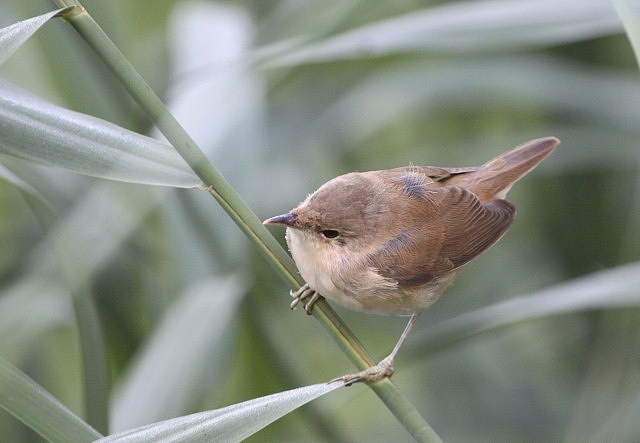
Description
Length: 13 cm. Weight: 8-19.7g. A rather indistinct, plain, un-streaked warbler. The upperparts are dull olive-brown, with a darker patch on the crown, a cream eye stripe and a dusky patch between the eyes and the bill. There is a faint rusty tinge to the back of the head, wings and tail and the whitish underparts are suffused with pale buff on the breast and darker buff on the flanks. The eye colour changes with age and the iris is charcoal coloured in their first year, but olive-brown when maturity is reached. It is robustly built, with bluntly pointed wings, a large bill and large feet.
The juvenile is brighter and rustier than the adult, with an orange suffusion on the upperparts and duskier underparts.
Similar species: It is difficult to distinguish the Eurasianan Reed Warbler from the African Reed Warbler A. baeticatus and the Marsh Warbler A. palustris on sight alone. Its call is virtually identical to that of the African Reed Warbler but differs from that of the Marsh Warbler. The Eurasian Reed-Warbler may be distinguished by plumage condition from the African Reed Warbler during December–February when the former is likely to be in heavy moult, unlike the latter.
Distribution
Its breeding grounds stretch from north Africa to Europe and Russia; in the non-breeding season it heads south to sub-Saharan Africa, where it occurs from Senegal to Ethiopia south through the DRC to Zambia and southern Africa. Here it is fairly common in certain localities of the Caprivi Strip and northern Botswana, but much more rare in Zimbabwe, south-eastern Botswana and South Africa.
Habitat
The Eurasian Reed Warbler primarily breeds in mature reed beds along the shores of lakes, fish ponds, ditches and rivers, although it also breeds in other vegetation in drier habitats, such as scrub. In its wintering grounds it occurs in thickets and tall grass, as well as bushes, forest edges and garden hedges.
Movements and migrations
It arrives in Kenya and Uganda around November-January, with most records from Botswana in late November to December, leaving from March to early April.
Diet
A rather opportunistic species, the Eurasian Reed Warbler feeds on a varied diet that consists primarily of a diversity of insects such as termite alates and mosquitoes, but also includes fruits, seeds and flowers. It mainly catches its prey on reed stems and blades, in bushes and on the ground.
Breeding
In Europe the Eurasian Reed Warbler breeds between May and August, with monogamous pairs constructing their nest in loose colonies. It is the female that mainly builds the deep, cup-shaped nest by neatly weaving split reed blades, flowers, grass stems and plant down. Three to five eggs are laid and then incubated by both adults for 8 to 13 days. The chicks are fed by both parents and fledge from the nest after 10 to 12 days, becoming independent 10 to 14 days later.
Call
Similar to African Reed Warbler. Listen to Bird Call.
Status
Rare summer visitor. Uncommon at a few localities in Botswana, rare elsewhere. Non-breeding Palearctic migrant present November-April.



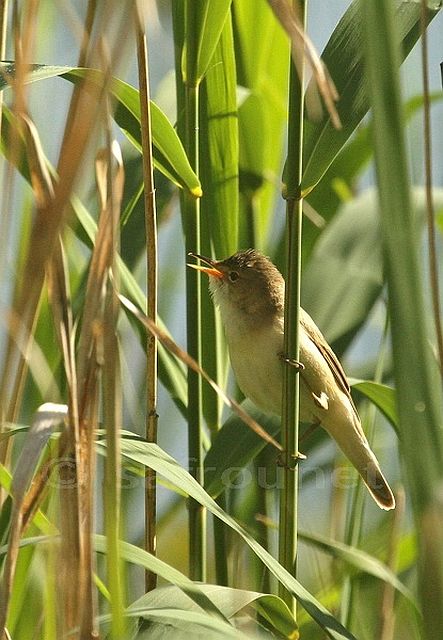
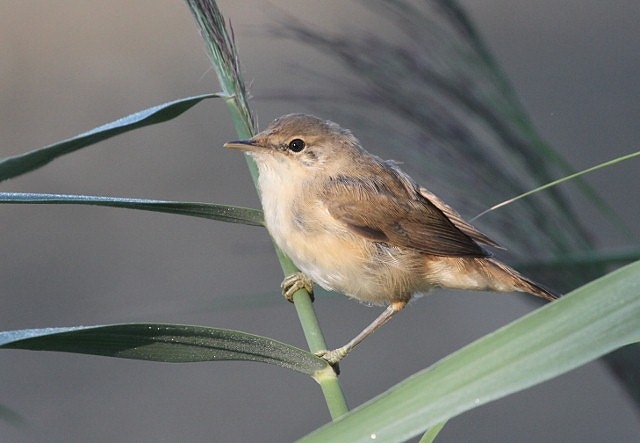
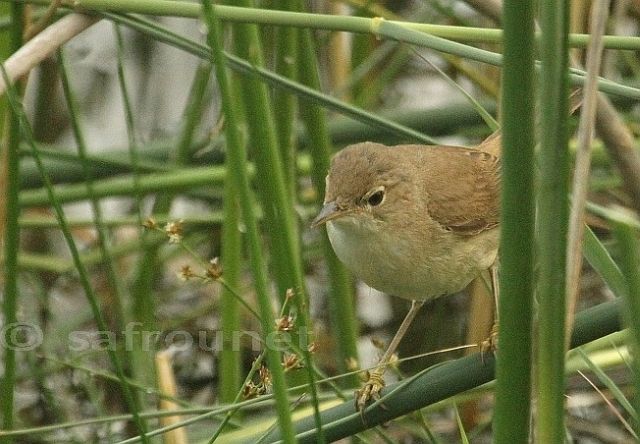
 © Dewi
© Dewi © Dewi
© Dewi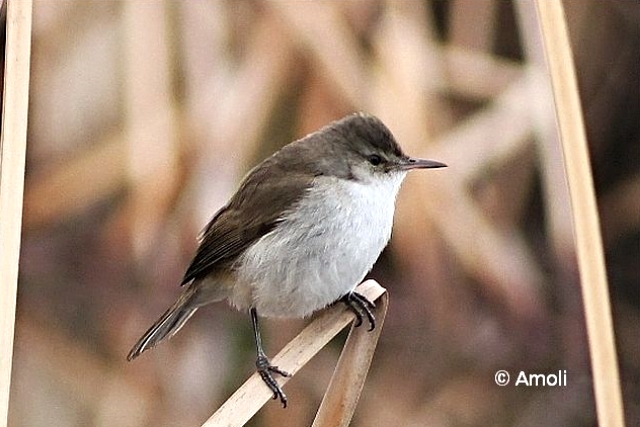 © Amoli
© Amoli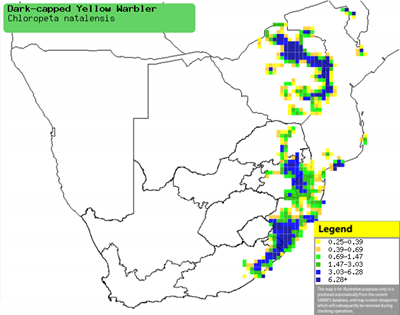
 © Dindingwe
© Dindingwe